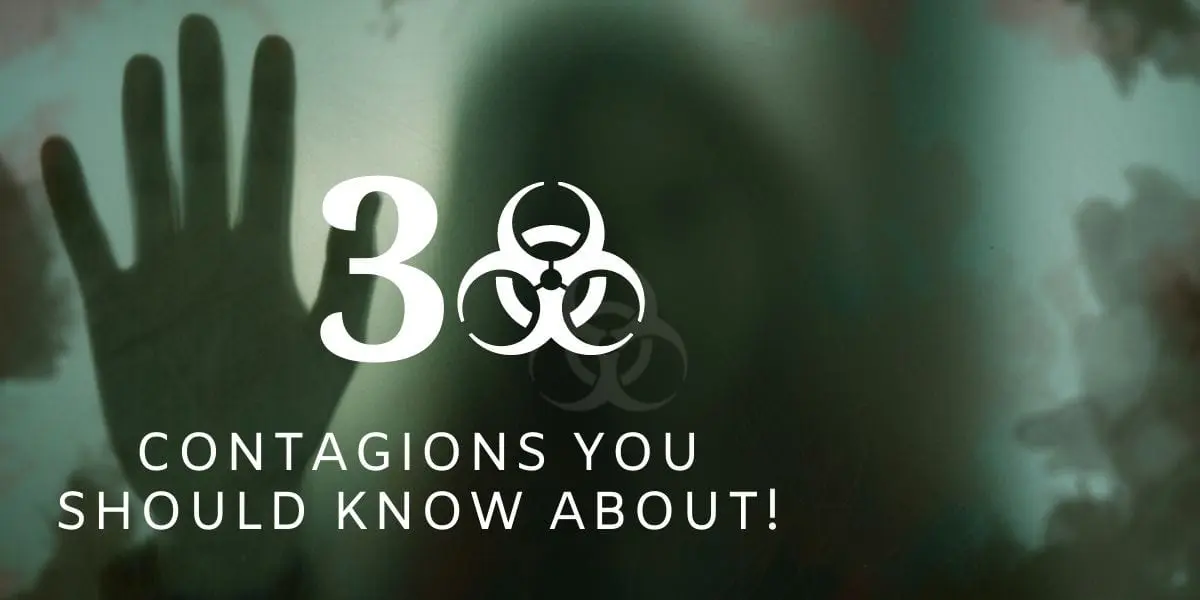This List was created well before the introduction to COVID 19. Obviously with the impact it has had on the World it deserves a place on the list. That said I think we all have heard of it at this point and have chosen to add it or edit the title to 31 Contagions.
[listly id=”2EVx” layout=”full” per_page=”25″]






























